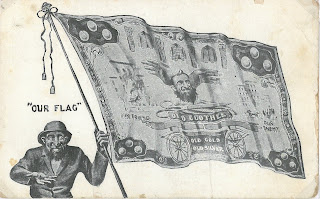Donn P. Crane, was born in Missouri in 1878, the son of Day Otis Crane.
He was known for his work primarily in the early 20th century. He is fondly remembered for his contributions to the *My Book House* series, where he illustrated stories, tales, and legends for children. His illustrations were characterized by their detail and sophistication, even though he worked with limited color palettes due to the use of pen and ink and copper plate engravings.
Crane's work included a variety of subjects, such as history, legends, and fairytales, and he was recognized for his ability to inspire generations of kids to understand the world around them through his art.
Despite the limitations of his medium, his illustrations were intricate and conveyed a sense of depth and texture that rivaled the artistry of other great illustrators of his time.
Donn P. Crane, whose full name was Donn Philip Crane, passed away on April 24, 1944, at the age of 65. He died in Chicago, Cook County, Illinois, and was buried at Oak Woods Cemetery in Chicago
He was known for his work primarily in the early 20th century. He is fondly remembered for his contributions to the *My Book House* series, where he illustrated stories, tales, and legends for children. His illustrations were characterized by their detail and sophistication, even though he worked with limited color palettes due to the use of pen and ink and copper plate engravings.
Crane's work included a variety of subjects, such as history, legends, and fairytales, and he was recognized for his ability to inspire generations of kids to understand the world around them through his art.
Despite the limitations of his medium, his illustrations were intricate and conveyed a sense of depth and texture that rivaled the artistry of other great illustrators of his time.
Donn P. Crane, whose full name was Donn Philip Crane, passed away on April 24, 1944, at the age of 65. He died in Chicago, Cook County, Illinois, and was buried at Oak Woods Cemetery in Chicago
















